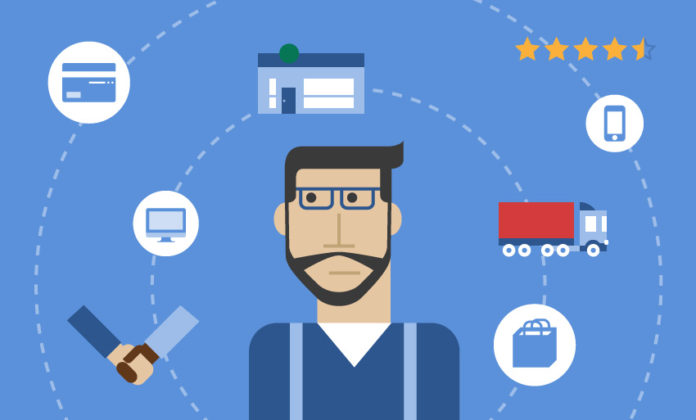Customer experience. You’ve probably heard the term, but what does it really mean? In Movers & Shakers, our podcast on customer experience, we always ask our guests to define the term. While each definition is different, there’s always a common thread, which we expected due to our notion that the idea of customer experience is inherently ingrained in…well, the customer.
In this post, we’ll round up how customer experience is defined by the senior business leaders we’ve had the fortune of speaking with as guests on our podcast.
Karl Haller, Industry Expert of Retail and Consumer Products for Competence at IBM
Karl Haller has two decades of experience working with retailers, focusing on the study of customer experience and the customer journey.
Haller defines customer experience as all the interactions that customers have with the brand. These interactions might include things like visiting a store, seeing an ad, or engaging in social media interactions online.
According to Haller, perhaps the most common customer experience is using a brand’s product (including the actual purchase process). It’s this physical customer interaction with the product that results in a lasting experience with a brand.
Nina Alexander-Hurst, Vice President of Customer Experience and SWAT (Service With Accessorizing Talent) at BaubleBar
Nina Alexander-Hurst is responsible for understanding the voice of the customer and developing innovative ways to build long-lasting customer relationships. For Nina, customer experience is the journey from start to finish that a customer makes throughout shopping for a product or service (whether in a physical store or online). The customer journey begins with the feeling a person gets from the moment they enter the store, or the moment they visit a company’s website.
Additionally, the customer experience is defined by how customers are guided (and who’s there to help them). This involves how the brand helps customers during their shopping and the assistance they give after the purchase. For Alexander-Hurst, the customer experience is about the whole buying lifecycle: before, during, and after the purchase.
Ashish Jain, Director of Digital & E-Commerce at BayCare Health Systems
Ashish Jain is responsible for maximizing the customer journey at BayCare Health System. Ashish defines customer experience as a metric that is becoming a key consideration for all businesses, and many are starting to consider it as a bottom-line driver for revenue.
Jain thinks that customer experience is becoming a constant and pivotal topic on almost every executive leadership table. Top officers are trying to determine what customers are looking for, how to engage with customers to make sure the brand’s products and services are being used, and how to know if offerings fit customer expectations.
Stacey Giard, Chief Operating Officer at Tola Capital
Prior to Tola Capital, Stacey Giard spent almost a decade at Microsoft, where she worked in various product management and marketing roles. Giard is known as being very effective at merging micro and macro approaches in customer experience.
Giard defines customer experiences as the way that customers build a relationship with the company. For Giard, customer experience is connected with all of the touch points that customers have with a business. This can include marketing, the product itself, and the way customers interact with the product.
Ultimately, customer experience is not limited only to building the customer’s usage pattern, but also to having a deeper understanding of what the company or brand is all about.
As you can see, each of these experts has their own unique definition of customer experience. But at the same time, each view shares a common ground. The one general element that holds true across each of these definitions is the interaction between the customer and the brand. The medium through which this interaction takes place can depend on one or both parties.





